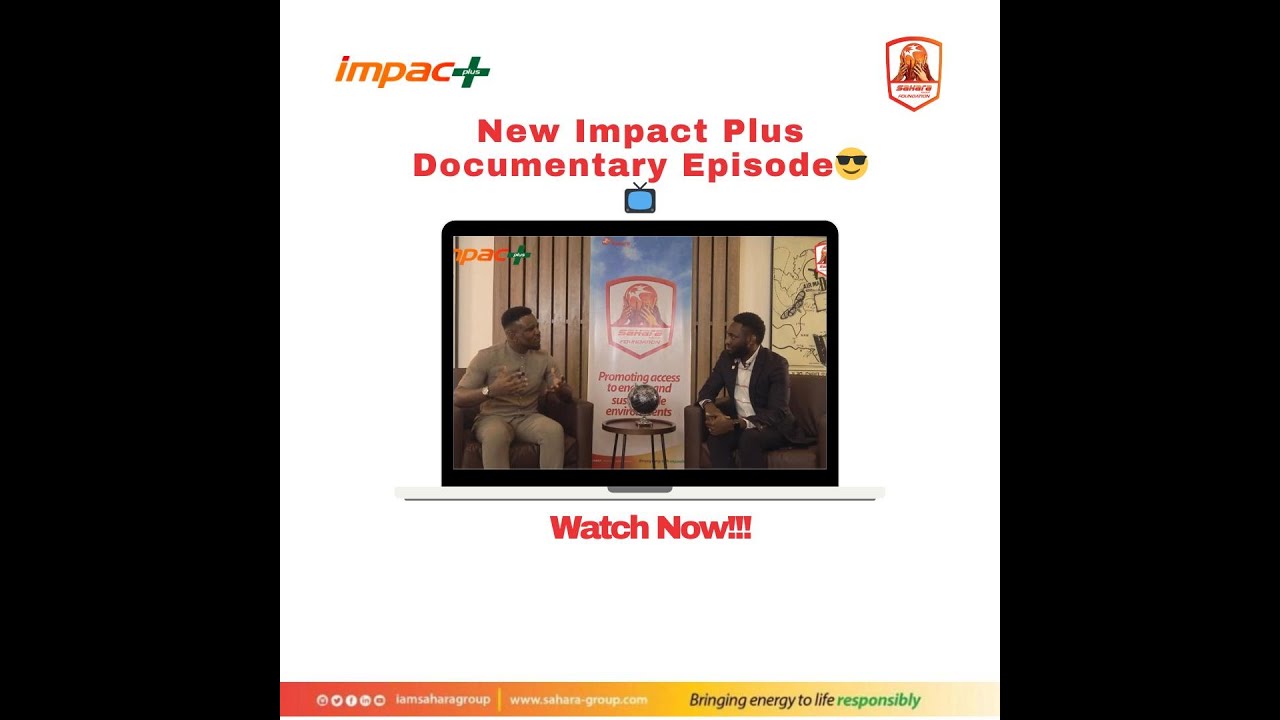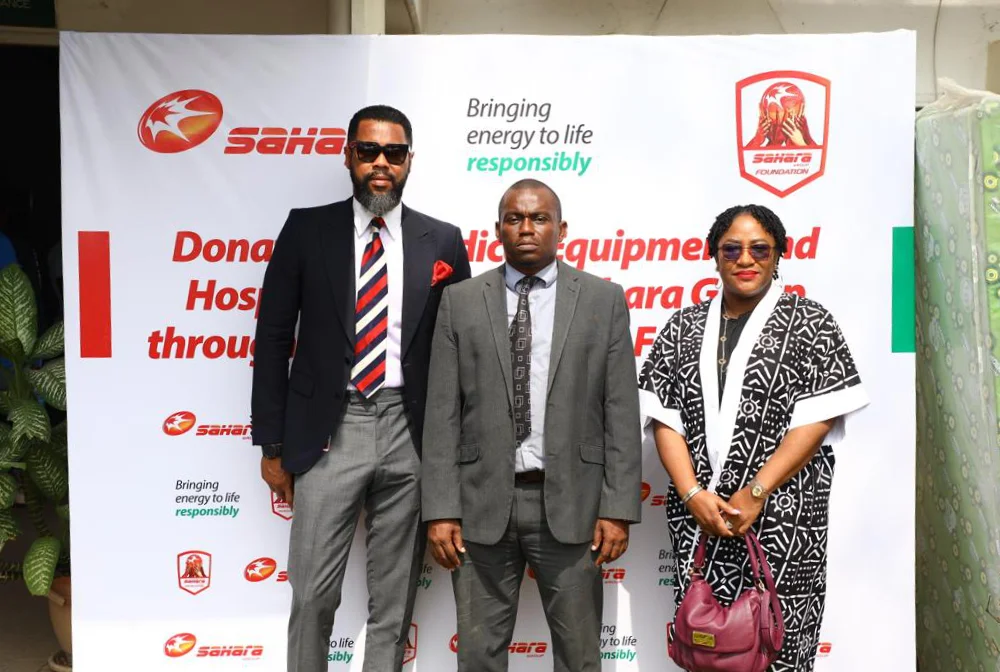Let’s be honest, a majority of us are guilty of poor waste disposal habits. Everything goes into one bin. And if we’re ‘environmental conscious enough’ or so to speak, then we let the waste management trucks pick them up; else it’s most likely going to end up in at the river side or the local landfill dumpsites.
I’m pretty sure we’ve heard of recycling; when we collect all those plastic wastes and what not, and convert them to new products. But did we know about ‘Waste Segregation and Sorting’?
Waste sorting is the process by which waste is separated into different elements. It can be done manually at the household, or automatically in materials recovery facilities or mechanical biological treatment systems. Sadly there’s not much accessibility to these facilities, thus the manual sorting is the most likely option.
Waste segregation on the other hand means dividing waste into wet and dry. Wet waste are typically organic waste such as edibles, and are heavy in weight due to dampness Dry waste includes wood and related products, metals and glass.
Differences Between Waste Segregation and Waste Sorting?
So, you maybe wonder, is there any difference? They pretty much involve separating wastes.
Well, Waste segregation is different from waste sorting.
Waste segregation is the grouping of waste into different categories. Each waste goes into its category at the point of dumping or collection, but sorting happens after dumping or collection. Segregation of waste also ensures pure, quality material, while sorting on the other hand will end up producing impure materials with less quality.
Types of Waste
It may interest you to know that there are types of waste. They include:
+ Liquid Waste- dirty water, organic liquids, waste detergent, and industrial liquids. Liquid waste can further be classified into: Point source and non-point source.
Point source are manufactured liquid waste, while Non-point source are natural liquid waste.
+ Solid Rubbish- includes a variety of household, commercial and industrial items. Solid wastes/rubbish is broken down into: plastic waste, paper/card waste, tins and metals, ceramics and waste.
+ Organic Waste- all food and garden waste, manure, and rotten meat are classified as organic waste. Due to their degradable nature, organic wastes are turned into manure by microorganisms. However, this does not mean that you can dispose them anywhere as their decomposition causes the production of methane in landfills.
+ Recyclable Rubbish- includes all waste items that can be converted into new useable products. Solid items such as paper, metals, furniture and organic waste can all be recycled.
+ Hazardous Waste- includes all types of rubbish that are flammable, toxic, corrosive and reactive. These items can harm you as well as the environment and must be disposed of correctly.
However, waste may be broadly categorized into biodegradable and non-biodegradable. Organic waste fall under biodegradable, and others, under non-biodegradable
This is a reminder that human relationship with the environment is a give and take. If we care for it, it’ll care for us, ensuring our continued existence. If we don’t, we may most likely stop existing in the future years.
References
https://en.wikipedia.org/wiki/Waste_sorting
https://4waste.com.au/rubbish-removal/5-types-waste-know/
https://innovatefm.co.uk/blog/waste-segregation-how-important-is-it/






